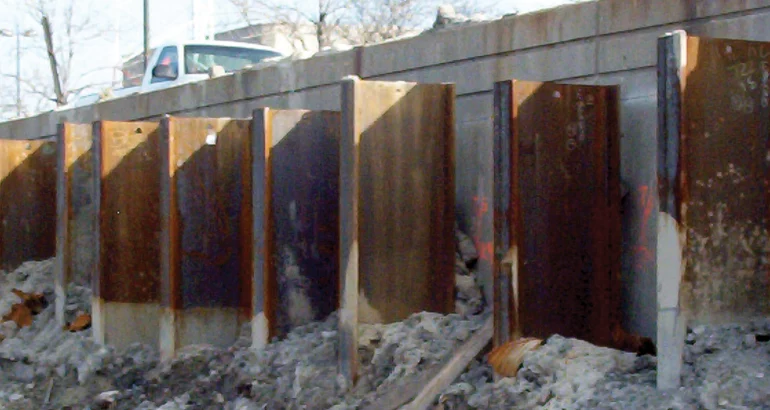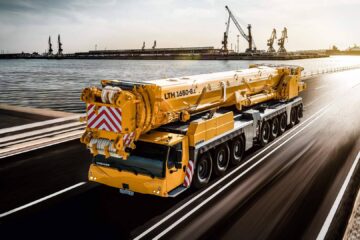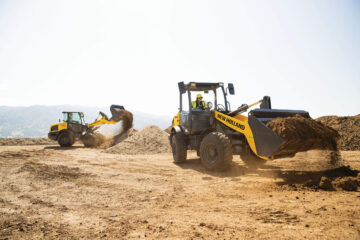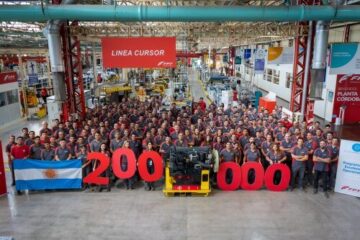Nucor Skyline is a North American leader in supplying wide flange to the foundation industry. For more information on piling and wide flange beam, please visit https://www.nucorskyline.com.
Wide flange is a type of steel beam used in the construction and structural industry. Nucor Skyline supplies wide flange sections produced from recycled steel using clean electric arc furnace technology. We supply various grades of steel, including but not limited to A913 quench and tempered steel. This grade allows us to attain high yield strengths, up to 70 ksi, while still maintaining ease of welding in the field.
APPLICATIONS OF NUCOR SKYLINE WIDE FLANGE BEAMS
False or Temporary Support Work
Falsework is an application for bridges and other structures. It is comprised of wide flange beams, H-pile beams, and other steel parts. Falsework is used as a temporary structure for support in the construction of a perpetual structure.
Structural Foundation
Beams are used as part of the final structure being built to support and stabilize structures. These structures could be bridges, buildings, parks, etc.
Retention Walls
Wide Flange Beams are used as the stabilizing element in walls for the retention of earth, sound barriers along highways, and walls within a basement or underground structure.
Wide flange beams are useful in cofferdam applications as waler and bracing systems. They allow the anchor loads to transfer into the soldier piles of the wall or allow for equal distribution across a sheet pile wall. The piles sit against the wall and are welded or bolted to the main steel parts of the wall.
Applications such as secant and tangent pile walls use wide flange beams to allow for free-flow of concrete and to reduce voids. Secant and tangent pile walls are formed by constructing concrete piles that are reinforced with either a wide flange steel beam or steel rods. Secant walls have an overlap of piles, usually in the range of three inches. Tangent pile walls have no overlap and are constructed flush to each other. Both secant and tangent pile walls are used for retaining walls, foundation walls, or cut-off walls.
For stronger or stiffer walls, contractors use wide flange beams as king piles with the combination of sheet piles. The beam-z wall application utilizes connectors welded to the ends of the beam flange to create a connection component between the sheet piles and the king piles.
In beam and lagging or soldier pile wall applications, wide flange steel piles are placed at regular intervals during construction. The wide flange piles are drillable or forced into the soil. Sound and sight walls are non-structural walls designed to provide a barrier for sight and sound pollution between the highway and a residential or commercial area. H structural beams are useful as posts or as post foundations.
ADVANTAGES OF WIDE FLANGE BEAMS FOR STRUCTURAL PROJECTS
An important advantage of the wide flange beam is that it is economical and reduces the construction time. The steel beam has more sectional area for optimization and distribution. It features mechanized properties that save on material costs and a wide flange H design for sturdy support of structures. Use Nucor Skyline’s structural beams for a variety of applications, such as walers and bracing for cofferdams, secant/tangent pile walls, beam-z, and others.









